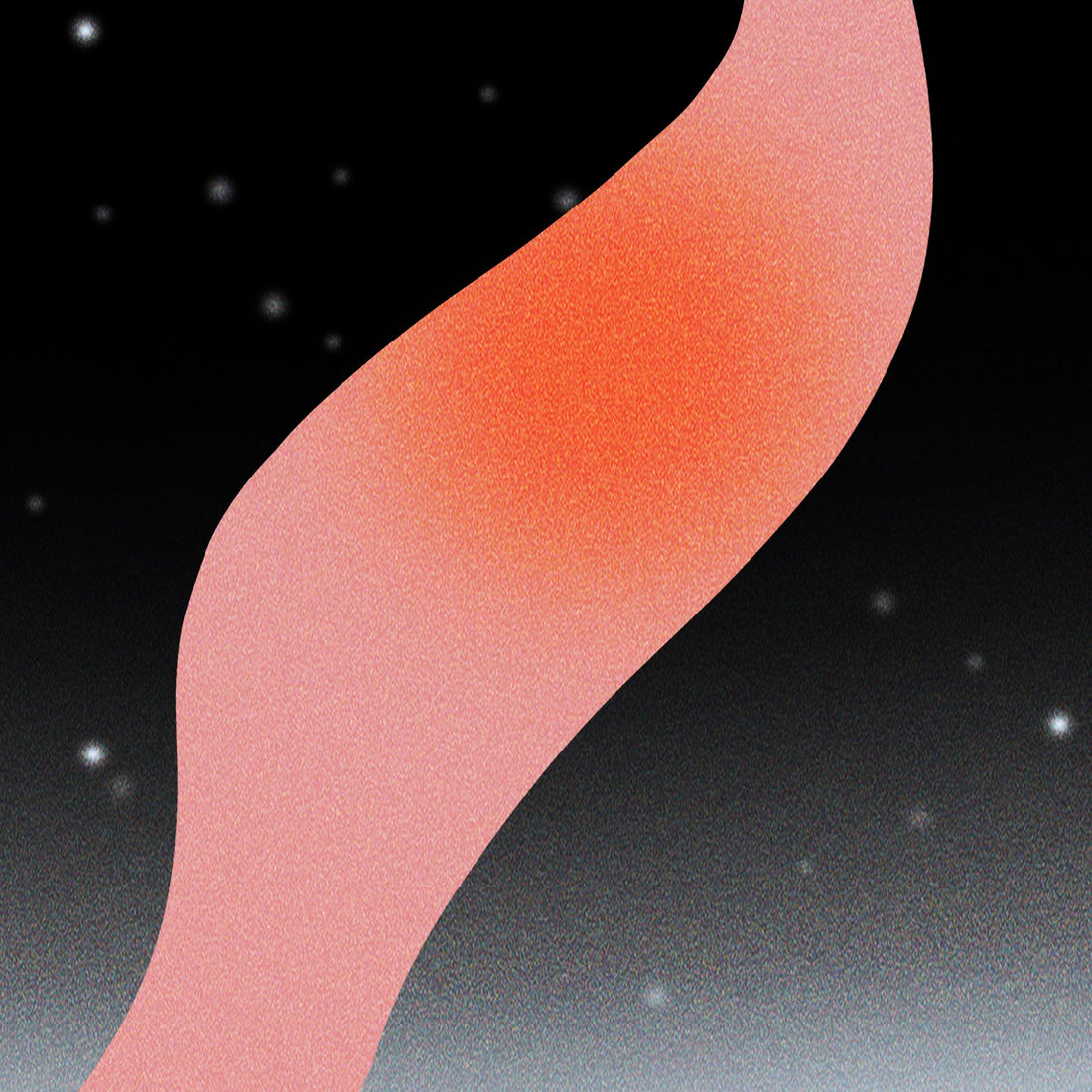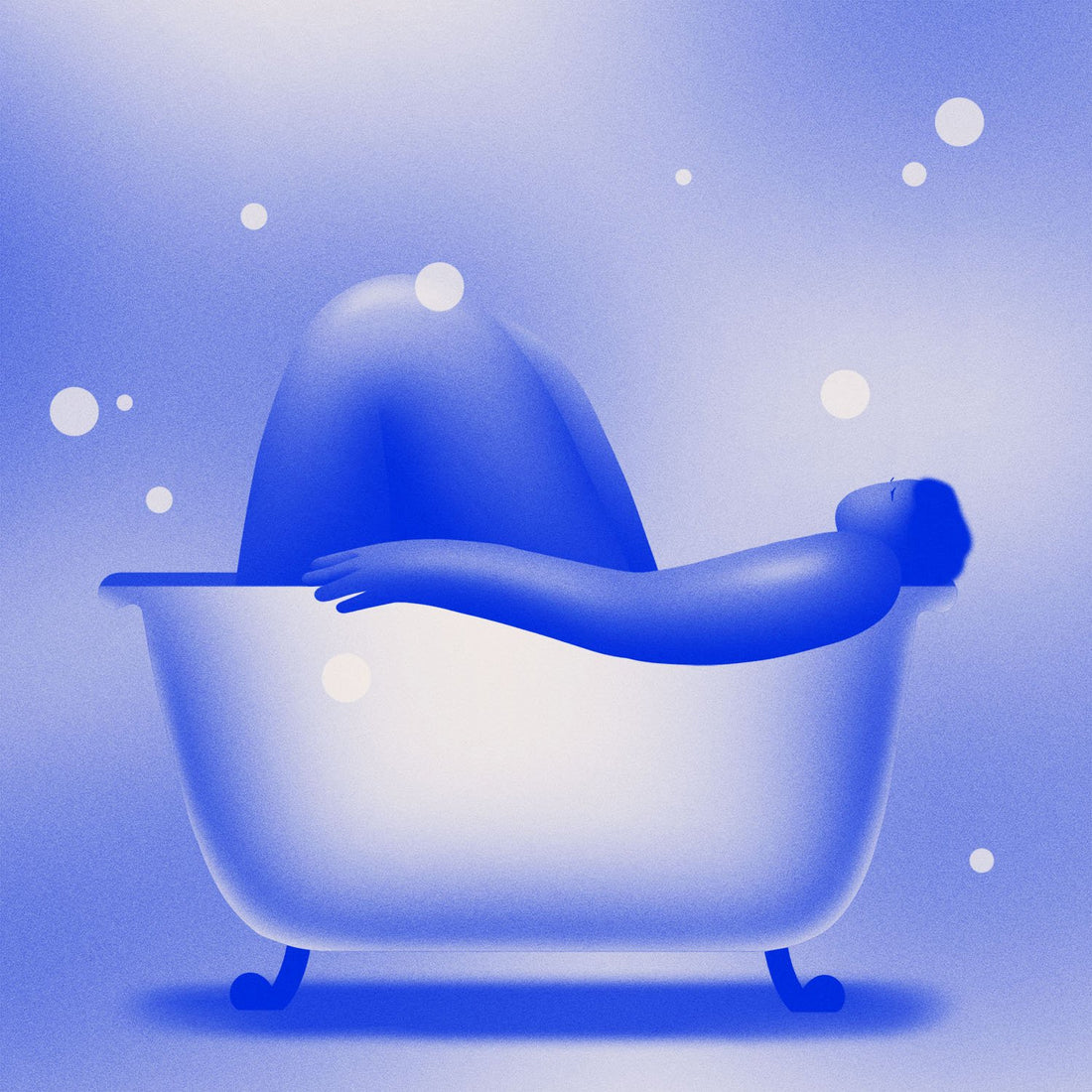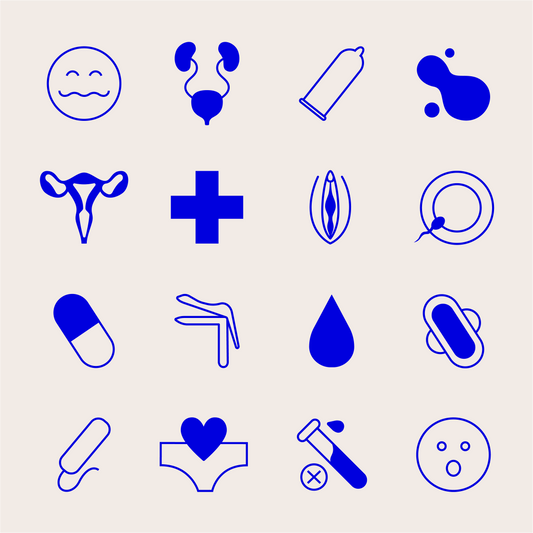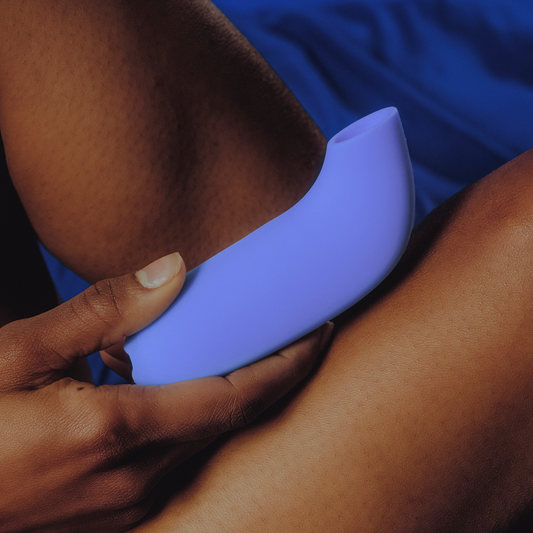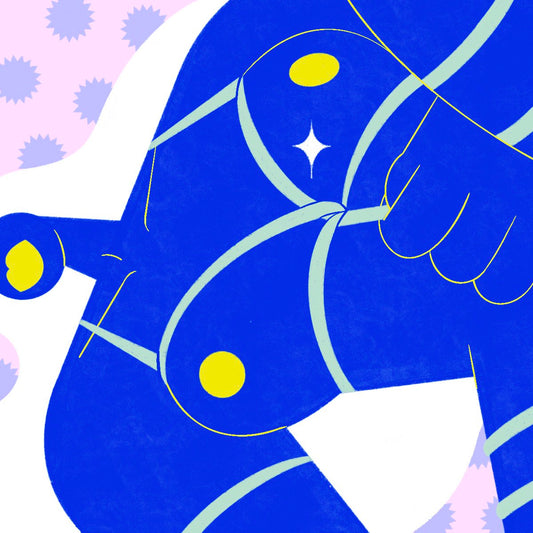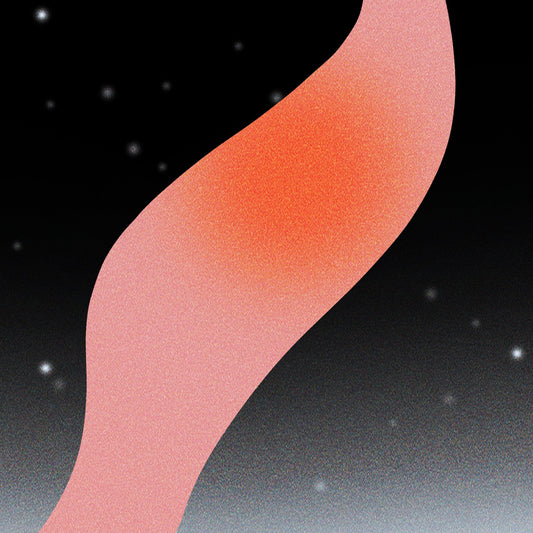Alexandra Fine, Credentialed Sexologist, M. Psych | Written by Dame
Discussion of Squirting Orgasms | What causes squirting? | How common are squirting orgasms?| Train yourself to have a squirting orgasm
For years, the biggest debate about anatomy and sexual satisfaction – not just among vulva-havers, but in sexual medicine circles – involved the purported existence of the g-spot.
Once researchers had pretty much established that the g-spot really does exist, a new debate took center stage:
Is there such a thing as “female ejaculation?” Or in simpler terms, does squirting really exist?
Those who hang out at porn sites like Brazzers or PornHub would swear it’s a real thing. In fact, “squirting” (along with similar terms like “girlcum”) is regularly one of the top-20 searched terms on PornHub, right alongside such venerable favorites as “big tits,” “orgy,” “threesome,” “creampie,” “milf,” “BBWs,” “porn stars,” “blondes” and “brunettes.” It’s one of the most popular requests for webcam hosts as well.
But here’s the most interesting part. Those with vulvas are almost 50% more likely than those with penises to search for squirting porn videos.
Analytics, of course, can’t tell you why people search for certain topics. But some medical professionals and sexologists have speculated on the matter. They think that increased discussion of vaginal ejaculation has either caused vulva-havers to be curious about squirting, or that their partners pressure them to do it to prove their sexual satisfaction.
That doesn’t answer the question, though. Is squirting real?
If it is, why does it happen? Is it really evidence of a climax? Can vagina owners train themselves to have squirting orgasms?
As Roseanne Roseannadanna would always say on early episodes of Saturday Night Live: “you sure ask a lot of questions.”
Let’s find some answers.
Discussion of Squirting Orgasms Isn’t New
The belief that ejaculation isn’t just for penis owners dates back millennia.
Hippocrates, the “father of medicine,” wrote in the 5th century B.C. about women producing semen necessary for conception. A few centuries later, the Greek physician Galen discussed the “sperm” produced by women. And the ancient Kama Sutra spoke of “female semen (that) falls continuously.” The Romans called what they described as female ejaculate “liquor vitae,” and in India it was known as “a nectar of the gods.”
A bit more recently, in 1672, Dutch anatomist Regnier de Graaf contributed the first detailed description of vaginal ejaculation. He described fluid expelled from the periurethral glands adjacent to the vagina during orgasm, although he called the glands “the female prostate.” And also in the 17th century, Italian anatomist Renaldus Columbo, best known for his landmark work explaining the role of the clitoris in sexual pleasure, referenced “fluid rushing out” during orgasm.
A number of 20th century researchers have described squirting in different ways and with different explanations. Perhaps the most famous was German physician Ernst Gräfenberg, an expert on vulvar anatomy known for his invention of the IUD – and perhaps best known as the man for whom the g-spot was named (the “g” stands for Gräfenberg). He reported observing masturbating patients not only squirting, but “gushing.” And since he only saw them ejaculating during orgasm and not during foreplay, he concluded that the fluid was not for lubrication, but instead a sign of pleasure.
That was a good start. Since then, however, much more rigorous research has been done on the subject.
What Causes Squirting?
A few famous 20th century experts continued to dispute the existence of vaginal ejaculation. For example, in 1966 sexologists Masters and Johnson, well known for their study of the “female orgasm,” called squirting an urban legend and claimed it was really just urinary incontinence.
They might not have been completely off-base, but they were more wrong than right.
A major project confirming the reality and possible causes of squirting was performed decades ago. Perry and Whipple studied 47 vulva-havers who said they regularly experienced vaginal ejaculation, and found that they all had significantly stronger-than-usual contractions of their pubococcygeal muscles (PC muscles in the pelvic floor) and stronger urinary contractions during orgasms.
Also importantly, all 47 “squirters” were found to have an identifiable g-spot. Not only that, they all reported feeling deeper orgasms in the vicinity of the g-spot, much stronger they experienced from clitoral stimulation. That research understandably caused some to conclude that squirting is triggered by g-spot stimulation that leads to orgasm.
There have been many studies performed since. Not only have almost all of them agreed that female ejaculation is a real thing, many researchers have collected the ejaculate. That has led to some very different conclusions about the nature and causes of squirting. The biggest issues: exactly what’s in the ejaculate, and where does it come from?
Some researchers claim that it’s really just urine that’s involuntarily released from the bladder. One famous French study involved vulva owners who reported having intense squirting orgasms. They were first instructed to void their bladders (in other words, peeing before sexual stimulation), and they underwent pelvic ultrasounds before sexual activity, just before orgasm, and after vaginal ejaculation. The ultrasounds showed empty bladders at the start of stimulation, a noticeable filling of the bladder just before climax, and an empty bladder after orgasm.
The obvious conclusion was that the ejaculate was primarily urine, and testing showed it did contain the urea and uric acid that are found in urine. That backed one of theories that had developed; squirting was really just the release of urine.
There’s was something interesting in that French study, though. The liquid also contained protein-specific antigen (PSA), the same substance that’s produced by the prostate in penis-havers and a vital component of their semen (it liquefies the semen and allows sperm to swim).
That would back up earlier conclusions by Milan Zaviacic; he’s the award-winning, 20th century Slovak researcher who confirmed de Graaf’s 1672 description of the “female prostate gland.” Zazavic claimed that female ejaculate is significantly different than urine and is secreted by the periurethral glands, also known as Skene’s glands, in vagina-owners. That finding was later backed up by chemical analyses performed by sexologist Beverly Whipple and a number of other scientists, who reported that the ejaculate has a very difficult chemical makeup than urine.
So which analysis is correct? Is vaginal ejaculate urine, or is it similar to prostate owners’ semen?
Apparently it can be both, and Mexican researcher Alberto Rubio-Casillas presented new biochemical evidence proving it. He discovered that there are actually two different types of vaginal ejaculation. Squirting (or gushing) is indeed a stream of diluted urine involuntarily excreted from the bladder. But those with vulvas may also produce a small amount of thick, white fluid which is released from the Skene’s glands, which are connected to the urethra. The fluid released during squirting orgasms can be one, the other, or a mix of both.
A systematic review of all scientific literature conducted by Czech researcher Zlatko Pastor goes even further, postulating that those who squirt do so because of either “penetration incontinence” or “orgasmic incontinence.” That implies that legendary gushers are really due to a form of urinary disorder.
Whatever the cause, the “two types of vaginal ejaculation” theory is now commonly believed by sexual researchers.
For many readers, the fact that urine is involved may take at least some of the romance out of squirting orgasms. But for those who’d like to continue reading, let’s find out how common they are, and whether it’s possible for a vagina owner to train themselves to have one.
How Common Are Squirting Orgasms?
It’s not surprising that there are no reliable numbers to report on the number of vagina owners who squirt; researchers have to rely on self-reporting, and the results of surveys vary widely. The best that the International Society for Sexual Medicine can say is that somewhere between 10% and 50% of vulva-havers ejaculate when having an orgasm.
In one fairly large self-reporting study done in 2013, about 15% of respondents claimed that they always squirted, while more than half said it had happened at least once. As for the amount of liquid ejaculated there was also a wide range reported, from a few drops to half-a-cup. More than 80% said the liquid was clear, and about 15% said it was white or milky. There are no statistics available on multiple squirting orgasms.
However, some experts think that nearly 100% of vulva-havers ejaculate. They believe that those who don’t report it just don’t realize they’re doing it, for one of two reasons: there’s so little fluid they don’t notice it, or they’re not aware they’ve ejaculated because the fluid flows backward into the bladder.
Can You Train Yourself to Have a Squirting Orgasm?
It’s understandable that many vulva owners would want to at least try to have a squirting climax.
The enormous amount of popular buzz (and the number of porn videos, as we’ve mentioned) focusing on squirting makes some think it’s either sexy, or an indication of having achieved (or brought about) the ultimate orgasm. The latter isn’t out of the realm of possibility. In the 2013 study, 79% of the participants said that being able to squirt was an “enrichment” of their sex life.
If you’re ready to give it a try, there’s some good news. You don’t have to worry about sexual positions; doggy style isn’t any more likely to induce ejaculation than missionary. You don’t have to find a penis-haver with a big dick; technique and mindset are more important. Truthfully, you don’t even need a partner; sexy toys like dildos and vibrators (with some lube) can be more effective than intercourse.
Interviews and survey responses show that those more likely to squirt are those who are frequently orgasmic – and frequently horny. If that doesn’t describe you, you’ll want to find a quiet and “conducive” place where you can relax (putting too much pressure on yourself to squirt can be a buzzkill), take your time, and fully concentrate on your usual sexual triggers without distractions.
The majority of vulva-havers say that stimulation of the g-spot is most likely to produce squirting, but don’t go right for the sweet spot. Play with your nipples, your clitoris or other erogenous zones first. That will get blood flowing into the vagina as you get excited, making things easier.
When you feel ready to go for the gold, a vibrator designed to hit the g-spot may be the best choice, although fingering can work if you are able to hit the right spot on the vaginal wall. At the same time, relax your PC muscles (the ones on the pelvic floor you use when you urinate). Don’t rush; this could take a while, but it will be worth it. If you feel like you’re about to pee, let go – that’s more likely to be ejaculate ready to come out, than it is to be urine.
You shouldn’t expect to be able to squirt the first time you try it. It will probably take at least a few tries before you get there. Don’t be discouraged. A lot of people have been able to develop the ability, but it’s not automatic for most. If you want to help the process along, try doing Kegel exercises a few times a day, to strengthen your pelvic floor and give you more control over your PC muscles. That control can make all the difference.
Oh – and one other suggestion. Put down an absorbent towel before you start. If you’re successful, you’ll be glad you did.























